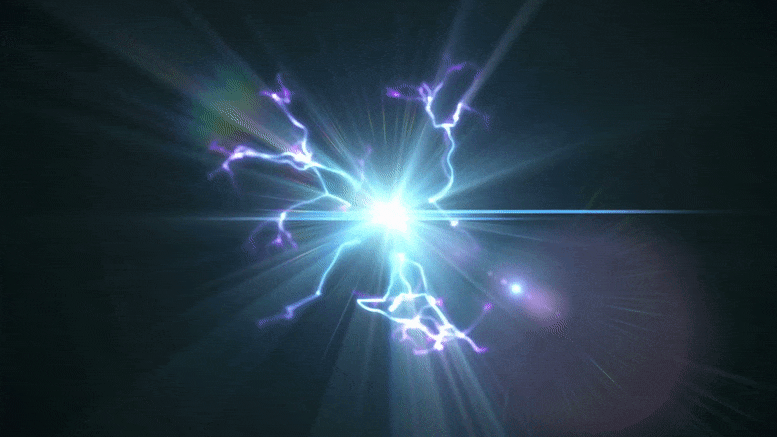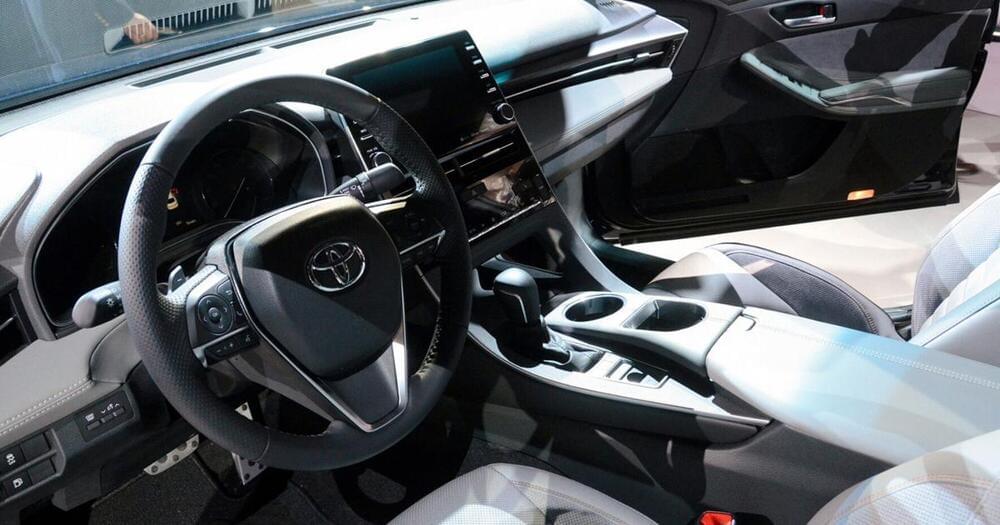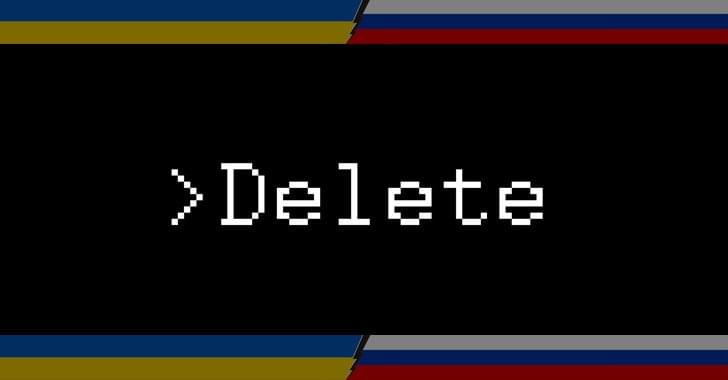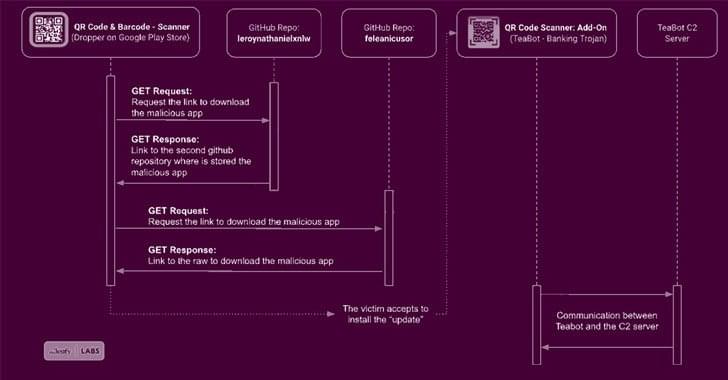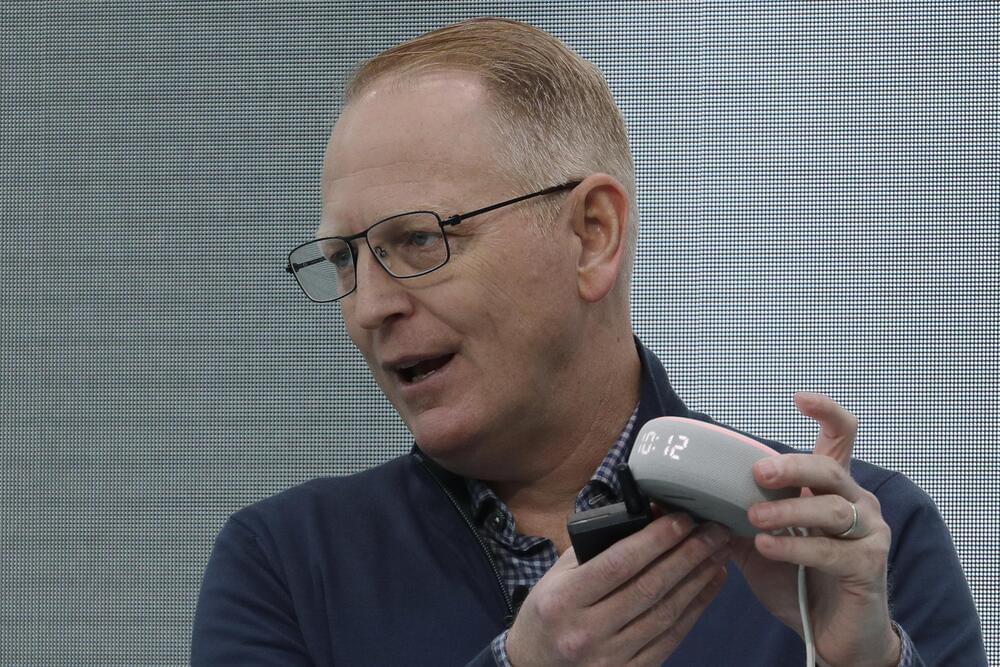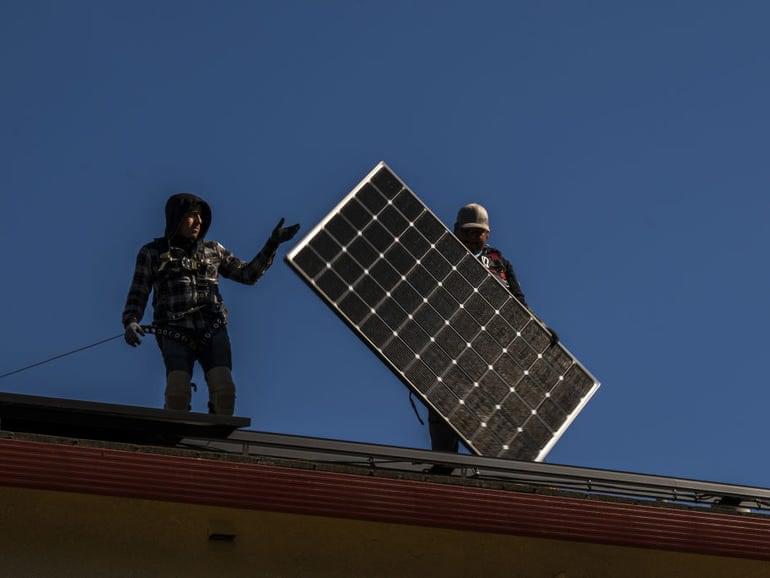Technology could make it possible to use radio emissions from cell phone networks to wirelessly power sensors and LEDs.
Researchers have developed a new metasurface-based antenna that represents an important step toward making it practical to harvest energy from radio waves, such as the ones used in cell phone networks or Bluetooth connections. This technology could potentially provide wireless power to sensors, LEDs and other simple devices with low energy requirements.
“By eliminating wired connections and batteries, these antennas could help reduce costs, improve reliability and make some electrical systems more efficient,” said research team leader Jiangfeng Zhou from the University of South Florida. “This would be useful for powering smart home sensors such as those used for temperature, lighting and motion or sensors used to monitor the structure of buildings or bridges, where replacing a battery might be difficult or impossible.”
